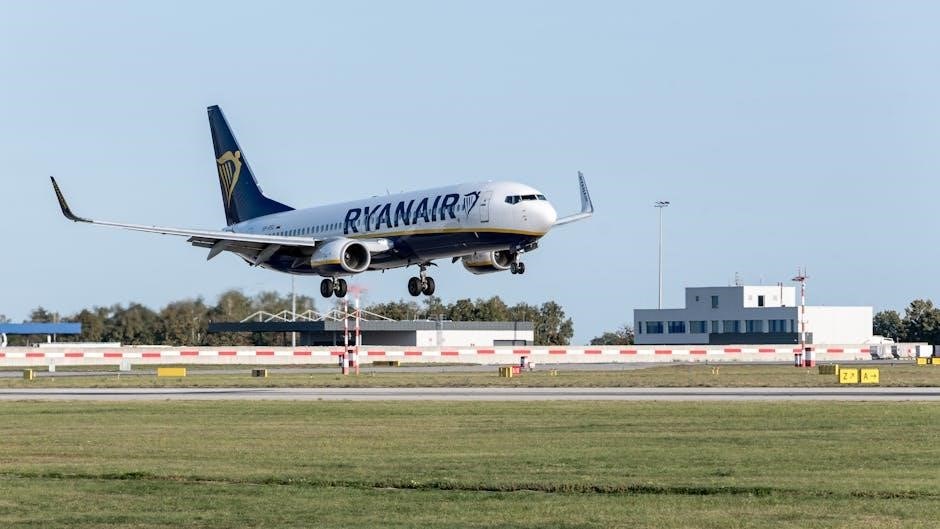The commercial pilot oral exam is a critical step in pilot training, assessing knowledge and decision-making skills. It evaluates understanding of aviation concepts, safety protocols, and aircraft operations, ensuring candidates are prepared for real-world scenarios and professional flying responsibilities.
1.1 Overview of the Commercial Pilot License
The Commercial Pilot License (CPL) is a significant milestone for aspiring pilots, requiring a minimum of 1500 flight hours and medical certification. Candidates must be at least 18 years old, demonstrating proficiency in aircraft operations, navigation, and safety protocols. The CPL allows pilots to fly for compensation, making it essential for a career in aviation.
1.2 Importance of the Oral Exam in Pilot Training
The oral exam is crucial in pilot training as it evaluates a candidate’s knowledge, decision-making, and ability to apply theoretical concepts in real-world scenarios. It ensures pilots understand safety protocols, weather interpretations, and aircraft systems, preparing them for professional aviation challenges while emphasizing clear communication and problem-solving skills.
1.3 Structure and Format of the Oral Exam
The oral exam is structured to assess a candidate’s comprehensive knowledge through a series of questions on aircraft systems, weather, regulations, and navigation. It typically includes scenario-based queries to evaluate decision-making and critical thinking. The format ensures a thorough evaluation of both theoretical understanding and practical application, preparing candidates for real-world challenges in aviation.
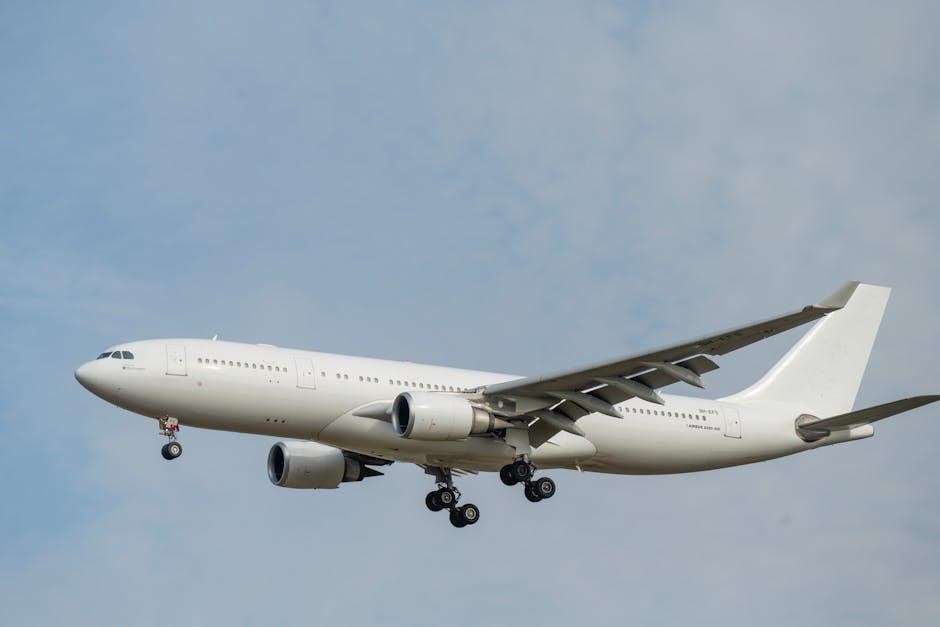
Understanding the Exam Format
The oral exam format includes scenario-based questions, evaluating knowledge of aircraft systems, weather, regulations, and navigation. It assesses decision-making, critical thinking, and the ability to apply theoretical concepts practically in real-world aviation scenarios.
2.1 Types of Questions Asked During the Oral Exam
Questions cover aircraft systems, weather, regulations, navigation, and emergency procedures. Scenario-based inquiries test decision-making skills, while theoretical questions assess knowledge of aerodynamics and aircraft limitations. Candidates must demonstrate practical application of concepts, showcasing their ability to handle real-world aviation challenges effectively and safely.
2.2 Time Allocation and Question Distribution
The oral exam typically lasts 1-2 hours, with questions distributed across key areas like aircraft systems, weather, and regulations. Candidates face 20-25 questions, focusing on scenario-based and theoretical knowledge. Time is allocated to assess understanding of emergency procedures, navigation, and aircraft performance, ensuring a comprehensive evaluation of both practical and theoretical competencies.
2.3 Role of the Examiner and Candidate Expectations
The examiner evaluates the candidate’s knowledge, confidence, and ability to apply aviation principles. Candidates are expected to demonstrate clear, concise communication and practical understanding of flight operations. The examiner ensures the candidate meets regulatory standards, while the candidate must articulate their decision-making processes and theoretical knowledge effectively, showcasing their readiness for professional aviation responsibilities.
Eligibility Requirements for the Commercial Pilot Oral Exam
Candidates must meet specific requirements, including minimum flight hours, medical certification, and age criteria. A degree isn’t mandatory, but 1,500 flight hours and regulatory compliance are essential.
3.1 Minimum Flight Experience and Training Hours
To be eligible for the commercial pilot oral exam, candidates must accumulate a minimum of 1,500 flight hours, including 100 hours as pilot-in-command, 50 hours cross-country, and 100 hours of night flying, with specific requirements for instrument training and aeronautical experience, demonstrating proficiency in aircraft operations and safety protocols.
3.2 Medical Certification and Other Regulatory Requirements
For the commercial pilot oral exam, candidates must hold a valid Class 1 medical certificate, ensuring physical and mental fitness for flying. The medical examination, conducted by an FAA-designated Aviation Medical Examiner, assesses vision, hearing, and overall health. Additionally, pilots must comply with Federal Aviation Regulations (FARs) and maintain a valid pilot’s license, with medical exams required every 6 or 12 months based on age.
3.4 Age and Educational Qualifications
Candidates for the commercial pilot oral exam must be at least 18 years old. While a college degree is not required, a high school diploma or equivalent is necessary. There are no specific educational field requirements, but courses in aviation or related fields can be beneficial. Age and education are verified during the licensing process.
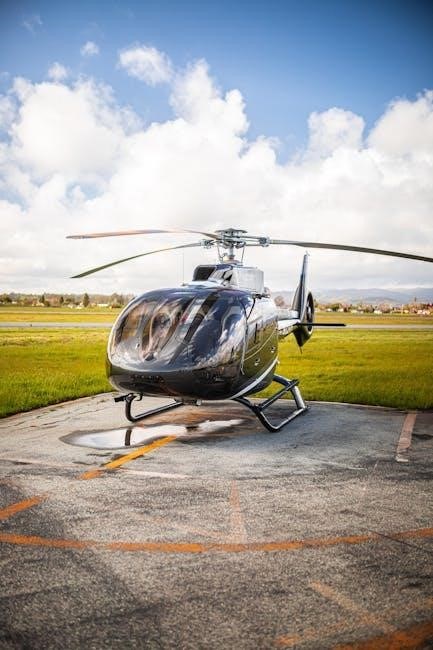
Study Guide for the Commercial Pilot Oral Exam
The study guide covers aircraft systems, weather theory, FARs, navigation, and aerodynamics. It also includes practice techniques to help candidates apply knowledge effectively during the exam.
4.1 Aircraft Systems and Performance
Mastering aircraft systems and performance is crucial for the oral exam. Candidates must understand propulsion, electrical, hydraulic, and fuel systems, as well as aerodynamic principles. They should be able to explain how these systems interact and affect aircraft performance, including speed, altitude, and fuel efficiency, ensuring safe and efficient flight operations.
4.2 Weather Theory and Aviation Meteorology
Understanding weather theory and aviation meteorology is vital for safe flight operations. Candidates must explain weather phenomena, forecasting methods, and their impact on aviation. Knowledge of METARs, TAFs, and ATIS is essential, as well as understanding how weather conditions influence aircraft performance, navigation, and decision-making, ensuring informed choices during flight planning and execution.
4.3 Federal Aviation Regulations (FARs)
Understanding Federal Aviation Regulations (FARs) is essential for commercial pilots. Candidates must demonstrate knowledge of FARs, including Parts 61 and 91, which govern pilot certification, aircraft maintenance, and flight operations. Familiarity with these regulations ensures compliance and safety, making it a critical component of the oral exam, directly impacting flight decisions and legal standards.
4.4 Navigation and Communication Procedures
Navigation and communication procedures are vital for safe flight operations. Candidates must understand navigation systems, such as GPS and VOR, and communication protocols with ATC. Familiarity with standard phraseology, emergency procedures, and radio etiquette is crucial. This ensures clear and effective communication, enabling seamless coordination between pilots and air traffic control during all phases of flight.
4.5 Aerodynamics and Aircraft Handling
Aerodynamics and aircraft handling are fundamental concepts in pilot training. Candidates must understand lift, thrust, drag, and weight principles, as well as how to control aircraft during various flight regimes. Proficiency in stall recovery, bank angles, and pitch control is essential, ensuring safe and effective aircraft operation under diverse conditions and scenarios.

Preparing for the Oral Exam
Effective preparation involves organizing study materials, practicing mock exams, and reviewing key concepts. Focus on understanding aviation principles, regulations, and scenarios to build confidence and knowledge.
5.1 Organizing Study Materials and Notes
Organize study materials by topic, such as aircraft systems, weather, and regulations. Use notes, flashcards, and digital tools to categorize information. Prioritize key areas, ensuring easy access during review. A structured approach helps in efficient learning and quick recall during the exam, reducing stress and improving performance.
5.2 Practice Techniques for Effective Answering
Engage in mock oral exams to simulate real conditions and build confidence. Practice articulating answers clearly and concisely. Record sessions to review and improve. Seek feedback from instructors to refine responses and address weaknesses. Regular practice helps in delivering structured, accurate answers during the actual exam, ensuring a polished performance.
5.3 Common Mistakes to Avoid During the Exam
- Overcomplicating answers, leading to confusion.
- Poor time management, resulting in incomplete responses.
- Not asking clarifying questions when unsure.
- Appearing unprepared or disorganized during the exam.
- Displaying nervousness or lack of confidence.
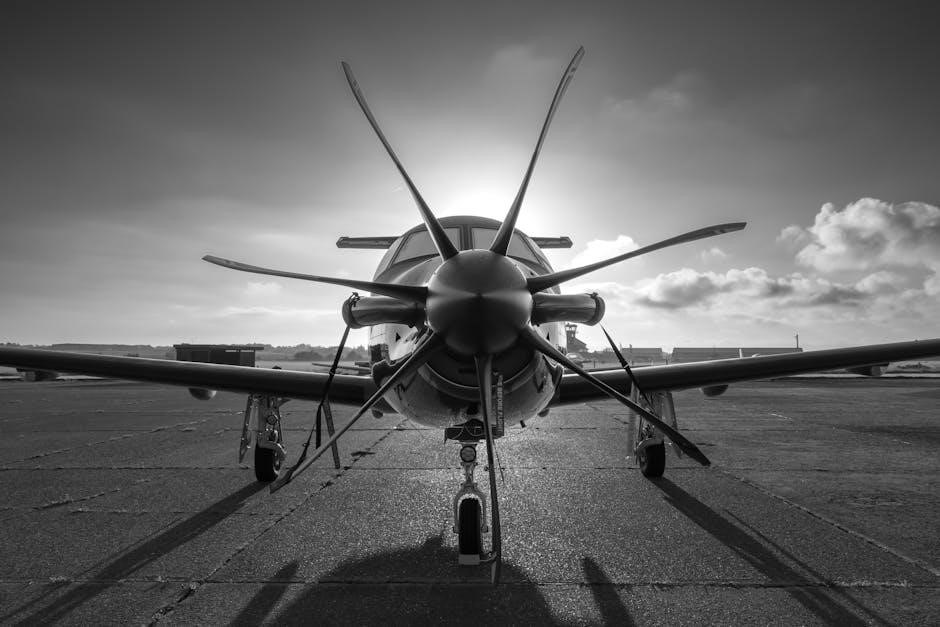
The Practical Test (Checkride)
The checkride is the final evaluation of a pilot’s ability to apply knowledge and skills in real-world scenarios, ensuring safety and proficiency in aircraft operations.
6.1 Components of the Checkride
The checkride consists of a pre-flight briefing, aircraft inspection, and in-flight maneuvers. Candidates demonstrate proficiency in takeoffs, landings, emergency procedures, and navigation. The examiner assesses decision-making, safety awareness, and adherence to aviation regulations, ensuring the candidate can safely operate the aircraft in various conditions and scenarios.
6.2 Pre-Flight Preparation and Briefings
Pre-flight preparation involves reviewing aircraft systems, weather, and navigation charts. Briefings include discussing flight plans, safety protocols, and emergency procedures. Candidates must demonstrate thorough knowledge and clear communication, ensuring readiness for the checkride. This step is crucial for showcasing organizational skills and adherence to aviation standards.
6.3 In-Flight Maneuvers and Decision-Making
In-flight maneuvers assess a candidate’s ability to execute precise aircraft control, such as stalls, steep turns, and emergency procedures. Decision-making is evaluated through scenarios like unexpected weather or system failures. Candidates must demonstrate safe, logical actions and clear communication, reflecting real-world aviation challenges and professional judgment during the checkride.
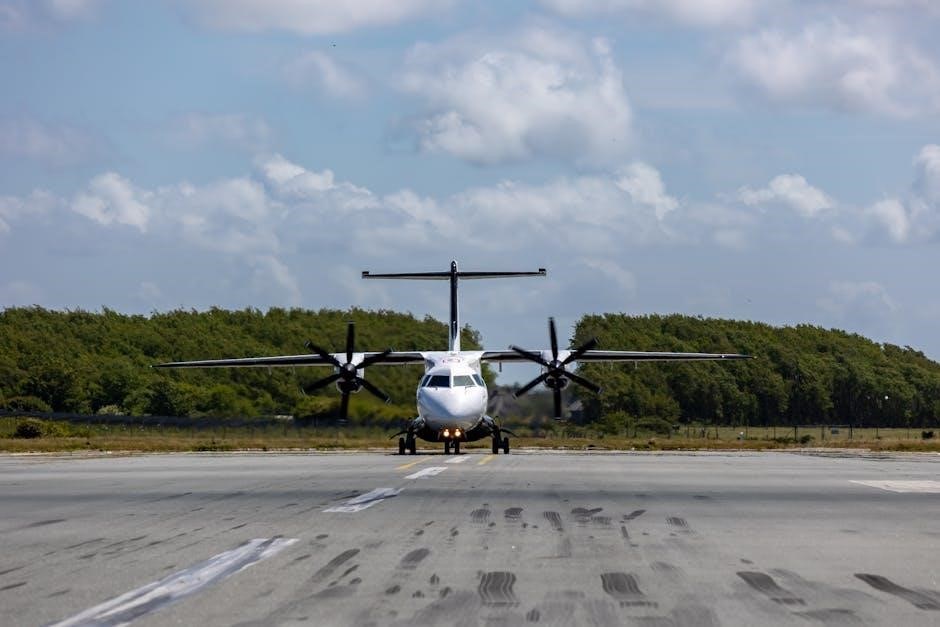
Understanding the Examiner’s Expectations
Examiners expect candidates to demonstrate thorough knowledge, sound judgment, and clear communication. They assess the ability to apply theoretical knowledge to practical scenarios, showcasing confidence and professionalism during the exam.
7.1 Demonstrating Knowledge and Confidence
Candidates must clearly articulate their understanding of aviation principles, regulations, and safety procedures. Confidence is shown through concise, accurate answers and the ability to logically explain decisions, reflecting both theoretical knowledge and practical experience effectively during the oral exam.
7.2 Applying Theory to Real-World Scenarios
Candidates are expected to connect theoretical knowledge with practical flying situations, demonstrating how they would handle real-world challenges. This includes applying weather theory to navigation, using aircraft performance data for safe operations, and making sound decisions in emergencies. Practical application of knowledge ensures pilots can manage diverse scenarios effectively and safely.
7.3 Communication and Clarity in Responses
Effective communication is vital in the oral exam. Candidates must present their knowledge clearly and confidently, ensuring responses are logical and free from ambiguity. Accurate use of aviation terminology and concise explanations highlight a deep understanding of the material, showcasing both intellectual grasp and professional readiness. Clear communication avoids misunderstandings and demonstrates a candidate’s ability to operate effectively in real-world aviation scenarios.
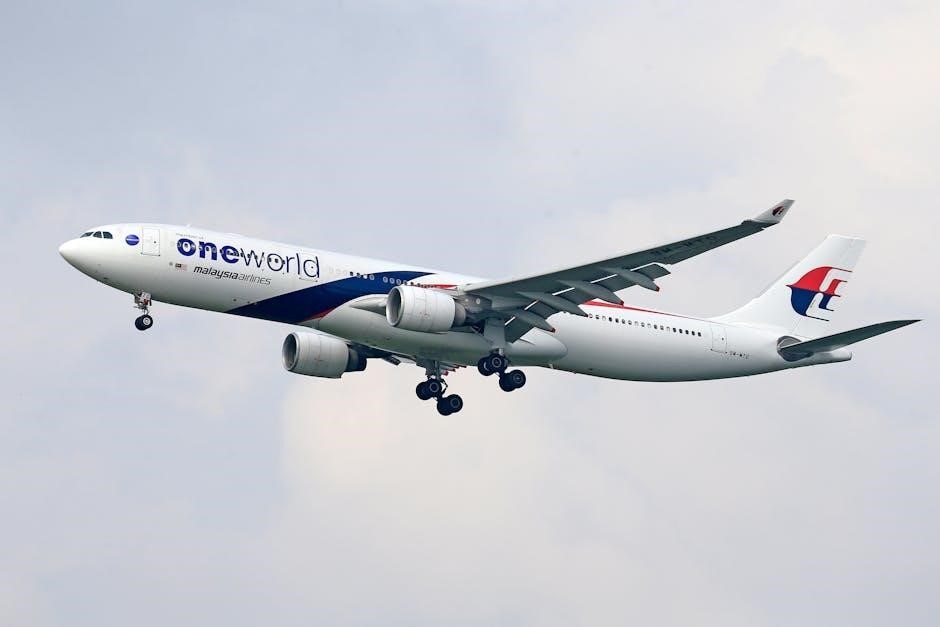
Mock Exams and Simulations
Mock exams and simulations are crucial for preparing candidates by simulating real exam conditions, reducing anxiety, and improving response accuracy while identifying areas for improvement.
8.1 Benefits of Conducting Mock Oral Exams
Mock exams replicate real conditions, helping candidates refine responses, build confidence, and identify weak areas. They enhance time management, reduce exam anxiety, and improve clarity in communication, ensuring better preparedness for the actual oral exam.
8.2 Simulating Real Exam Conditions
Simulating real exam conditions in mock sessions helps candidates familiarize themselves with the exam environment. This includes practicing under time constraints, answering unexpected questions, and replicating the pressure of an actual exam. Such simulations build resilience and ensure candidates are well-prepared for the challenges they may face during the real oral exam.
8.3 Feedback and Improvement Strategies
After mock exams, feedback highlights strengths and weaknesses, allowing candidates to refine their knowledge and communication skills. Candidates should address gaps by reviewing specific topics and practicing responses. Regular self-assessment and focused study plans help build confidence and ensure a polished performance during the actual oral exam.
Logistics and Scheduling
Logistics and scheduling involve selecting a suitable examiner, choosing a convenient time, and organizing necessary documents. Proper planning ensures a smooth and efficient exam process.
9.1 Choosing the Right Examiner and Location
Choosing a qualified examiner with relevant experience ensures a fair assessment. Selecting a convenient location minimizes logistical challenges. Ensure the examiner is certified and familiar with your aircraft type. A professional environment fosters focus and clarity during the exam. Research and reviews can help identify reliable examiners and suitable venues.
9.2 Scheduling the Exam at a Convenient Time
Schedule the exam when you are well-rested and mentally sharp. Avoid conflicts with other commitments to ensure focus. Choose a time that aligns with your peak productivity, often mornings, to enhance clarity and confidence. Proper timing helps manage stress and allows you to demonstrate your knowledge effectively during the oral assessment.
9.3 Preparing Required Documentation
Gather all necessary documents, including flight logs, medical certificates, and training records. Ensure your pilot’s logbook reflects required hours and endorsements. Verify your identity and citizenship documents. Organize these materials neatly and double-check for completeness to avoid delays. Being well-prepared ensures a smooth exam process and demonstrates professionalism.
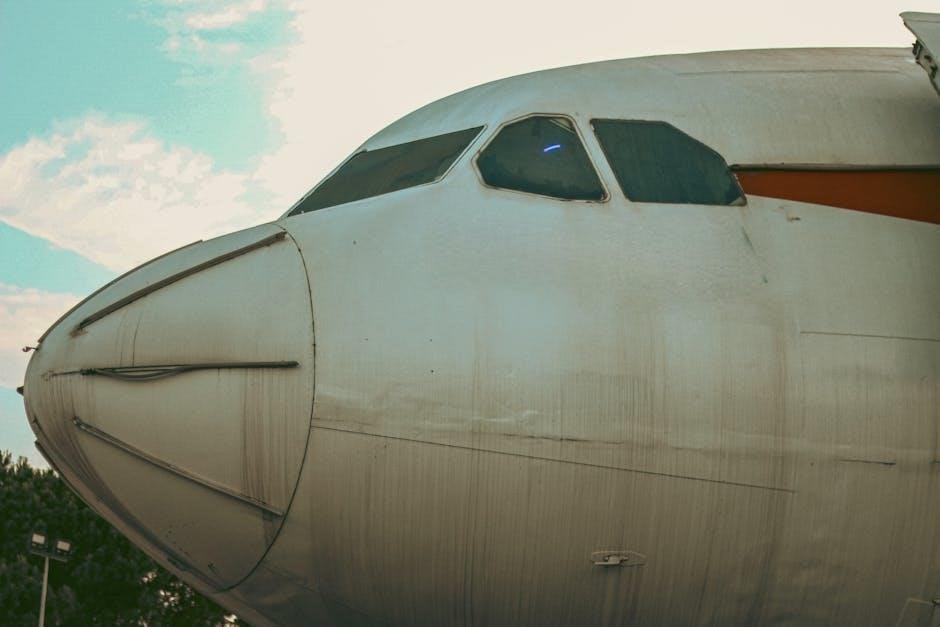
Test-Taking Strategies
Develop a systematic approach to answering questions confidently. Prioritize organization of thoughts, maintain eye contact, and articulate responses clearly. Practice active listening and clarify doubts promptly to ensure understanding.
10.1 Managing Time Effectively
Allocate time wisely during the exam to address each question thoroughly without rushing. Prioritize complex topics and maintain a steady pace, ensuring all areas are covered. Practice mock exams to refine timing skills, enhancing confidence and reducing stress during the actual test.
10.2 Staying Calm and Focused
Remaining calm during the oral exam is essential for clear thinking and effective communication. Practice deep-breathing techniques to manage stress and maintain focus. Avoid rushing through answers—take a moment to gather thoughts before responding. Confidence and composure will enhance your ability to articulate knowledge clearly and address questions effectively.
10.3 Asking Clarifying Questions
Asking clarifying questions during the oral exam ensures understanding and prevents misinterpretation. Candidates should inquire about unclear topics or request examples to better address the examiner’s queries. This demonstrates engagement and a proactive approach, allowing for more accurate and relevant responses. It also shows a commitment to precision and professionalism.
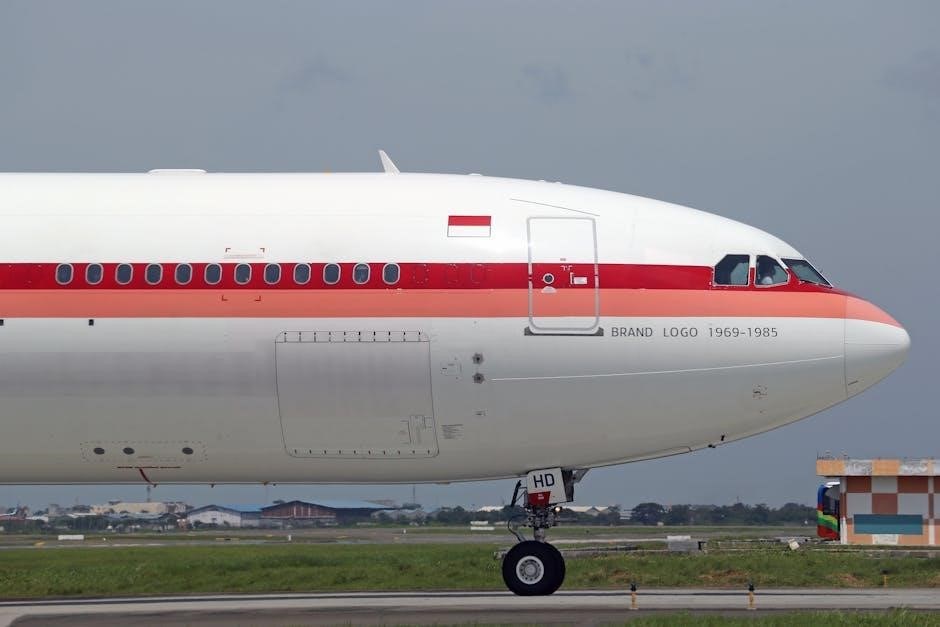
Common Oral Exam Questions
Common questions focus on aircraft performance, emergency procedures, and weather-related decision-making. Candidates are also asked about navigation, regulations, and safety protocols to ensure comprehensive knowledge and practical application.
11.1 Aircraft Performance and Limitations
Examiners often inquire about aircraft performance, including climb rates, cruise speeds, and fuel efficiency. Candidates must explain operational limitations, such as weight restrictions, altitude ceilings, and weather conditions affecting performance. Understanding these factors is crucial for safe and efficient flight operations, ensuring pilots can make informed decisions during various scenarios.
11.2 Emergency Procedures and Safety Protocols
Examiners frequently ask about emergency procedures, such as system failures, engine malfunctions, and evacuation protocols. Candidates must demonstrate knowledge of safety protocols, including mayday calls, emergency landings, and checklist usage. Understanding these procedures is vital for ensuring passenger and crew safety during critical situations, emphasizing quick decision-making and adherence to regulatory standards.
11.3 Weather-Related Scenarios and Decision-Making
Examiners often inquire about weather-related decision-making, such as interpreting METARs, TAFs, and ATIS reports. Candidates must demonstrate the ability to analyze weather conditions, determine flight feasibility, and implement diversion or delay strategies. Understanding microburst detection, icing conditions, and thunderstorm avoidance is critical, ensuring safe operations and adherence to aviation weather guidelines.
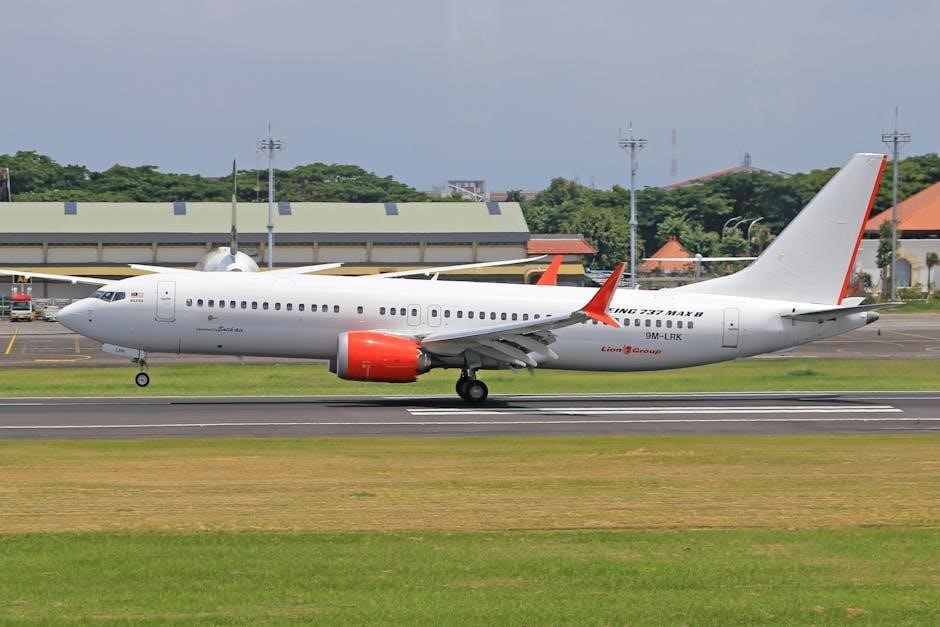
Post-Exam Procedures
After the oral exam, candidates receive feedback and results. Successful applicants proceed to apply for their commercial pilot license, while others address areas needing improvement.
12.1 Receiving Feedback and Results
Following the oral exam, candidates receive detailed feedback from examiners, highlighting strengths and areas for improvement. Results are typically disclosed immediately, indicating pass or fail status. Successful candidates proceed to license application, while others are guided on specific topics requiring further study or review before retesting.
12.2 Addressing Areas for Improvement
Candidates who need improvement are provided specific feedback on weaknesses. They should review problematic areas, seek additional training, and consult with instructors. Focused study and practice are essential before retesting. Addressing these gaps ensures a stronger performance in subsequent attempts, aligning with exam standards and professional competence requirements.
12.3 Applying for the Commercial Pilot License
After passing the oral exam and checkride, candidates submit required documents, including flight logs, medical certificates, and exam results. Meeting eligibility criteria ensures issuance. A fee is paid, and the license is granted, authorizing commercial flight operations. This milestone marks the transition to professional aviation, enabling pilots to pursue career opportunities in the industry.
